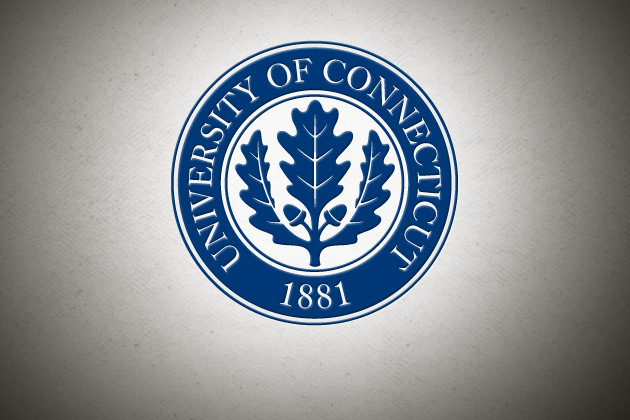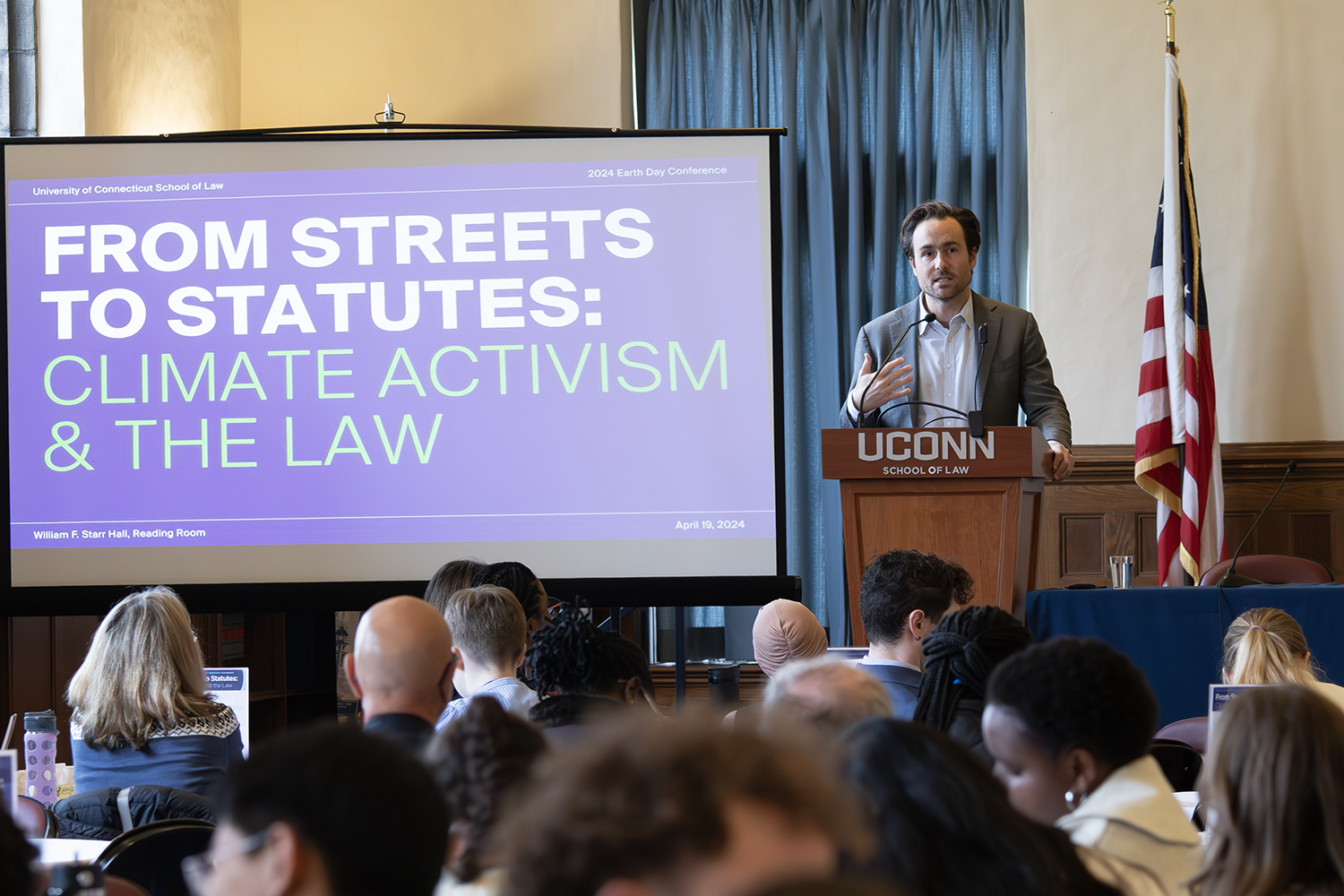Following an intensive eight-month review of several key non-academic areas of the University, the McKinsey & Co. consulting firm provided a report of the Strategic Redesign Initiative to the Board of Trustees on Nov. 10, identifying more than $50 million in potential savings and revenue opportunities over five years.
When the firm was hired by UConn earlier this year through a competitive bid process, McKinsey was charged with analyzing areas of the University and then recommending ways that UConn’s key non-academic operations could operate more efficiently and effectively and ways the University could generate more non-tuition revenue, allowing for needed investment in the University’s academic priorities.
The state’s recent budget crisis has resulted in UConn losing more than $45 million from its state appropriation – a decrease of 13.6 percent from last year or 4.4 percent of the University’s operating budget.
The major areas examined as part of the initiative included Facilities Operations, Procurement, and Information Technology, among others. In reviewing the University’s operations, the McKinsey consultants found that the challenges faced by UConn are not unique among higher education institutions and that UConn’s costs are generally in line with those of its peers. The report stated that the effort was intended to move UConn beyond its peers and toward meeting best-practices standards.
“It is uncommon for public sector institutions to undertake this level of transparent, operational scrutiny,” the report stated. “By definition, this type of undertaking involves a critical examination of the University’s operations. In other words, this review is not meant to be a balanced assessment of performance, nor was it meant to catalog the numerous things that the University and its staff, faculty, students, and leadership do well, including those that have contributed to UConn’s improvement in rankings, access, and outcomes described at the beginning of this report.”
In total, McKinsey outlined the potential for between $39 million and $67 million in net savings opportunities, and between $14 million and $30 million in additional non-tuition revenue that could be generated following initial investments between now and 2016.
The recommendations take into account the provisions of the SEBAC agreement that provides job security for four years; 70 percent of savings would be generated through non-personnel costs. The report notes that 40 percent of UConn employees will be eligible to retire during the next four years, and it is likely that between 20 percent and 25 percent of those eligible will do so, allowing greater savings to be generated through attrition.
The report’s savings recommendations regarding the areas they reviewed include: standardizing and centralizing purchases; reorganizing Facilities Operations and establishing performance standards to assess end-user satisfaction; standardizing financial, HR, and IT services; and streamlining operational processes through greater reliance on IT services.
The report makes clear that the greatest opportunity for savings is in the area of procurement, where it is estimated that potential savings of more than $20 million can be achieved. The report notes, however: “UConn, like other public universities, must operate in accordance with state laws and regulations governing state agencies that, at times, limit the operational flexibility found in the private sector. Some state and University requirements which are intended to achieve public policy purposes, unintentionally result in constraints which limit options and add costs to obtain goods and provide services.”
In addition to the SEBAC agreement, the report cites other examples of public policy constraints including: outsourcing limitations; purchasing set-asides for small, female-owned, and minority-owned businesses; limitations on price negotiations for goods and services; and the prohibition of private contractors from cleaning dormitories.
Regarding additional revenue, McKinsey made several recommendations, including increasing parking and transportation fees, which are far lower than peer institutions; increasing the rates charged for high-demand rooms on campus; increasing Foundation fundraising; instituting variable ticket pricing for athletic events; expanding revenue-generating academic programs, including summer school; and increasing technology commercialization.
The consultants also recommended that the University study the possibility of moving to a year-round academic model in the future – which would be a major and highly-significant undertaking.
While the University has already begun implementing several recommendations, other recommendations have yet to be reviewed thoroughly.
UConn Provost Peter Nicholls said that some of the savings and revenue created through implementing the McKinsey recommendations will be devoted to strengthening the academic core of the University.
“Our highest priority and greatest need as an institution right now is for additional faculty. Expanding the number of faculty is critical in order to improve our student-faculty ratio, increase research grants, and meet the state’s economic development expectations,” said Nicholls. “The ability to hire more faculty will help reduce the time it takes students to graduate and reduce the cost of their education, and will enhance UConn’s research portfolio.”
“This has been a very important undertaking that will allow us to operate in certain areas of the University more efficiently, which is exactly why the University hired McKinsey to conduct this work,” said Richard Gray, UConn’s chief financial officer. “As we address our significant financial challenges, the University felt it was important that we bring in an experienced, independent third party to do a stem-to-stern review of our non-academic operations and recommend ways the institution could improve its service efficiency and quality in order to better support our academic mission.”
“UConn always strives to operate under best practices, and the McKinsey engagement was important to that effort. The savings and revenue generated thanks to this report will help us offset the significant cuts in state support we have had to contend with in recent years while continuing to invest in our academic programs,” Gray added.
The University paid McKinsey $3.9 million to conduct the review; between $4 million and $8 million in savings are forecast to be captured in the current fiscal year – 2012 – and there is the potential for more than $27 million in savings during fiscal year 2013.
Over the course of the engagement, the team conducted interviews, observations, and analysis with the involvement of over 300 University employees representing leadership, management, faculty, representatives from the bargaining units, staff, and students.
For the full report, please visit the UConn Strategic Redesign Initiative website.



